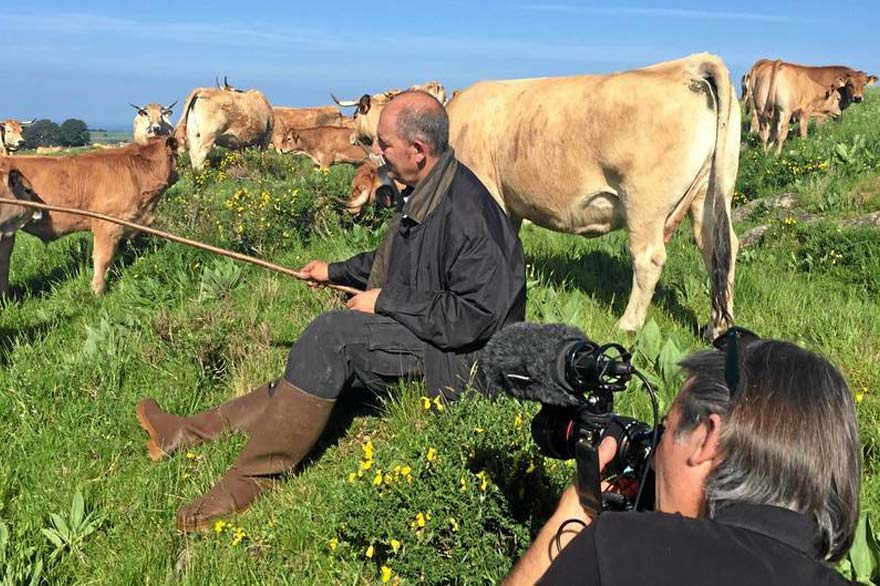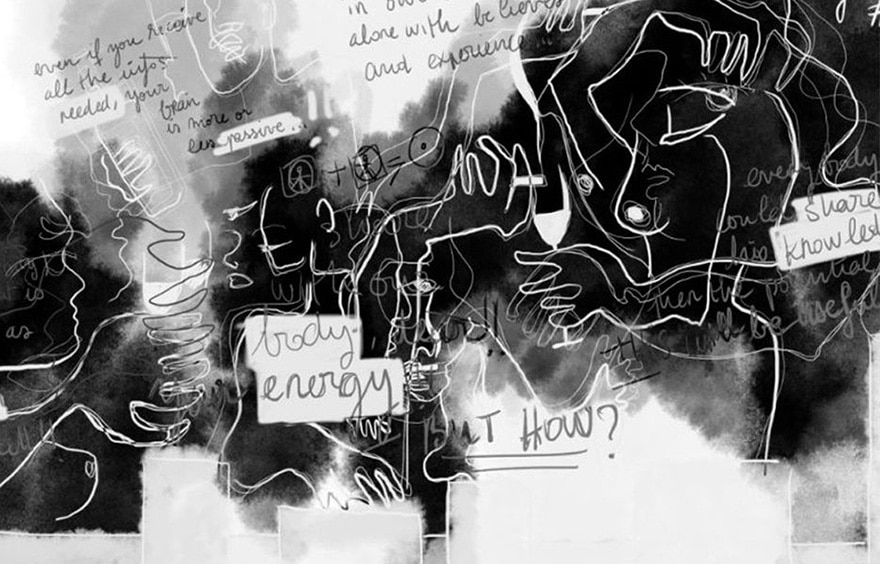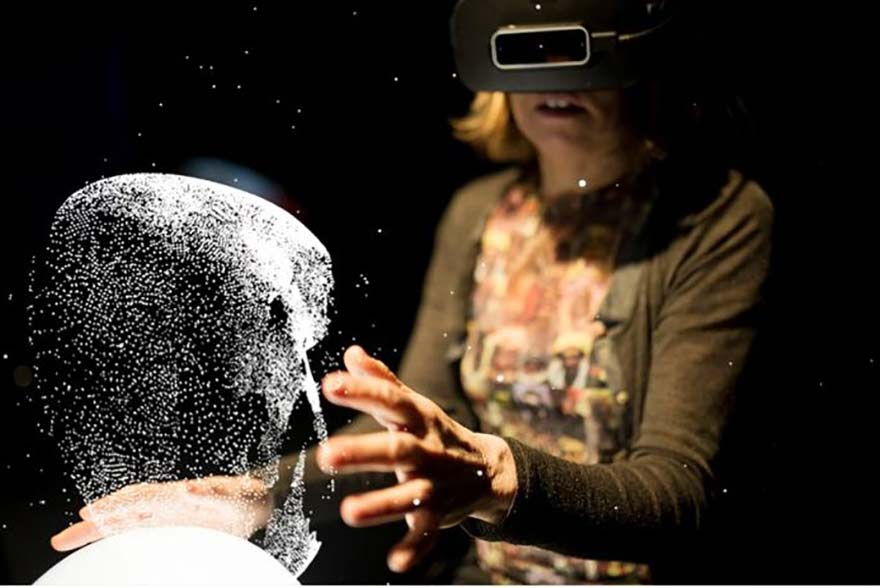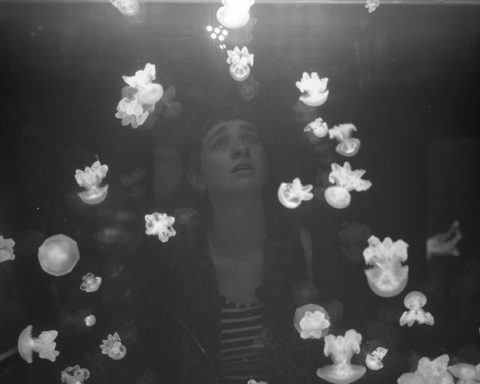How did the idea come about?
READ ALSO IN UP' : The organic boom
The story of the film
READ MORE IN UP'. Seed freedom is the future of agriculture
A cinema film in five chapters
READ ALSO IN UP' : The agricultural and food transition has begun: WWF's 10 signals that prove it
APRIL TO MAY 2018: Agreement with the distributor and TV channels

Anything to add? Say it as a comment.












